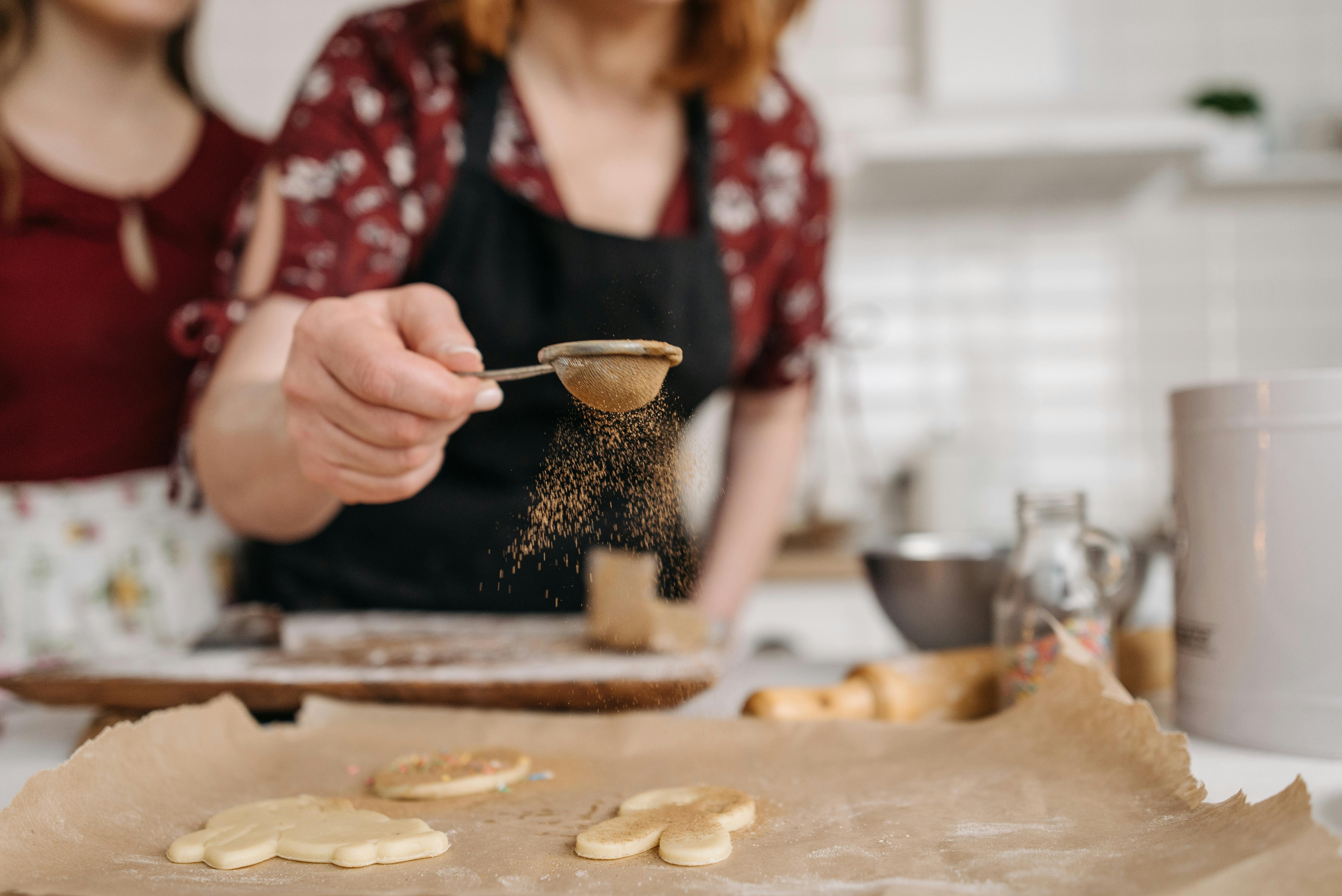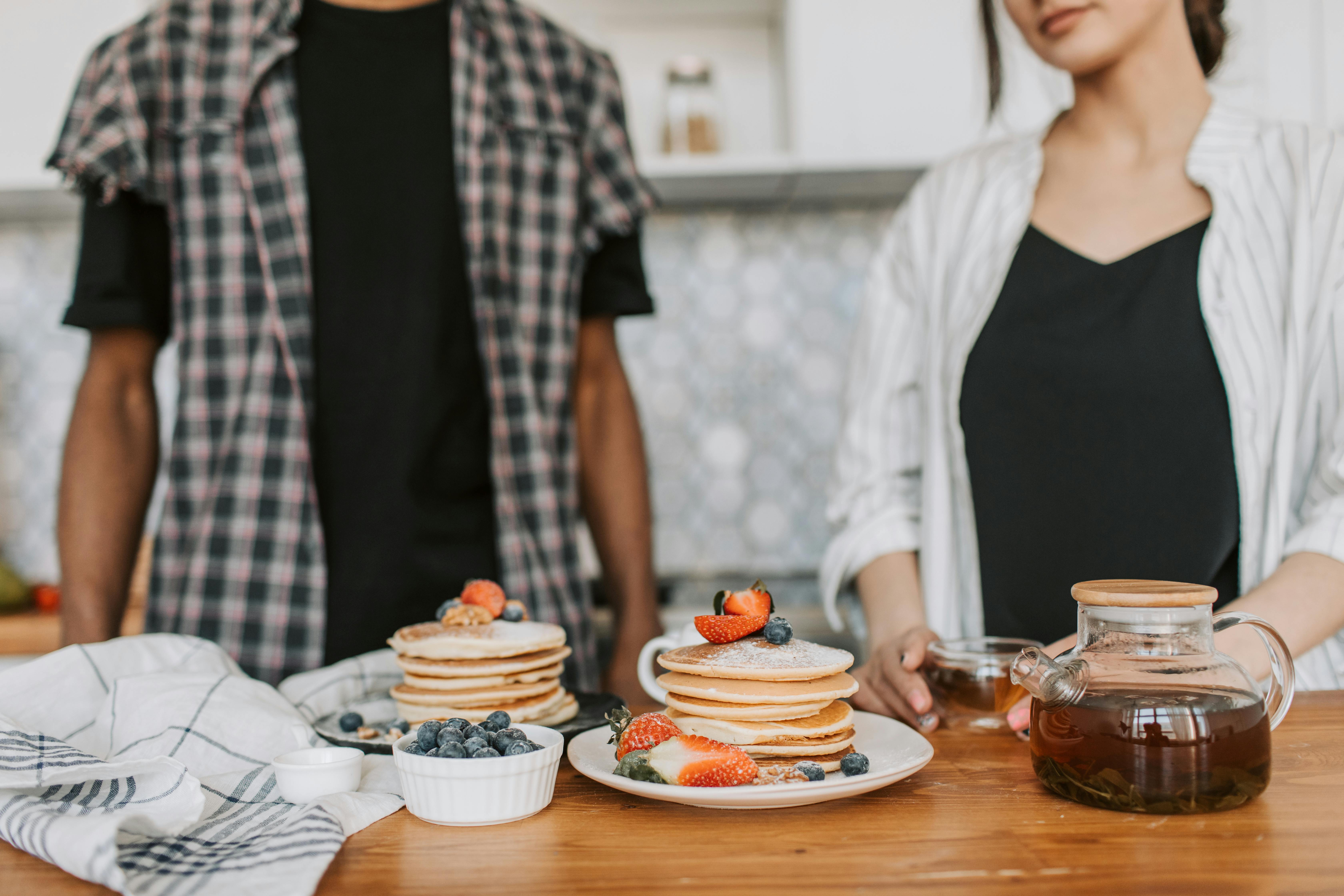Kitchens are a natural place for fires to start – you’re already working with open flames or very high heat. Take extra precautions to prevent fires.
Fire prevention in the kitchen
The number one cause of kitchen fires is unattended cooking. When you cook anything on top of the stove or in the oven, stick with it. For long-cooking dishes, plan activities that you can do in the kitchen, like cleaning or preparing other dishes. If “cooking activities” don’t come to mind, consider reading, writing, chatting with family or friends, or even reading a story to the children. All of this can keep you happy and productively busy while keeping an eye on what’s cooking.
If you can’t or don’t want to stay in the kitchen:
- Frequently check the food that is being cooked,
- Install a working smoke alarm where you can warn of a possible fire.
- Keep a fire extinguisher within easy reach.
Kitchens can be very busy places, especially when preparing meals. These basic tips can increase your safety:
- Wear tight-fitting, short-sleeved clothing when cooking. Loose clothing can catch fire more easily.
- Watch children closely in the kitchen. Teach them fire safety and proper handling of tools to prevent burns, cuts, or other injuries. Do this before teaching them how to cook. Stay with kids every step of the way as they learn to cook. Reinforce and praise their safety skills.
- Grease can build up quickly in the kitchen. Grease fires can quickly spread throughout the kitchen. Clean cooking surfaces and countertops frequently to prevent food and grease buildup. Ideally, this should be done immediately after cooking or during cleanup after each meal.
- Keep flammable materials, such as curtains, towels, pot holders, plastic or paper bags, away from cooking surfaces.
- Store all flammable solvents and cleaners away from all heat sources. Never keep gasoline or kerosene in the house, especially in the kitchen.
- While cooking, make sure pan handles are away from the front of the stove so no one accidentally knocks them over. Boiling water or hot grease thrown from a pushed pan can cause severe burns. Keep the area in front of the stove clear and quiet while cooking.
putting out a fire
Even with the greatest of care, you may one day have to put out a kitchen fire.
First, assess the danger. If the fire has spread beyond the oven or pan, call the fire department immediately. In most places, you can call 911 and they will transfer you to the necessary service.
If the fire is small and contained, like food burning in a pan, these tips can help:
- Slide the lid of a skillet over a grease or oil fire to smother the flames. Put out the fire. Look closely to make sure the fire is not spreading somewhere unexpected. Leave the lid in place until it cools down. Once the fire is completely out and everything is cool, thoroughly clean everything that was involved in the fire, especially the stove or oven. If the flame came out of a pan, you’ll need to decide if there was any damage that needs to be repaired before you can cook again. Caution: Never try to take a burning pan outside. Doing this increases the risk of spreading fire and getting burned.
- Have a large box of baking soda handy. Aside from its other uses, you can pour baking soda over most small food fires to extinguish the flames.
- Never use water or flour to put out fires. Water added to a grease fire reacts violently and sends hot grease everywhere. This spreads the fire and increases the chance of getting burned. Flour can have a similar effect. Water spilled on the flames can also enter the electrical circuits of the stove or oven, which can complicate the situation and increase the danger.
- If a fire occurs in your oven, keep the door closed and put out the fire. This will usually suffocate the flames without much risk.
- Keep a fire extinguisher in the kitchen. There are several types of fire extinguishers, each designed for use with specific types of fire. Make sure you have the correct type; one that can put out the grease-based fires most often found in kitchens. Make sure you know how to use the fire extinguisher. Check periodically to make sure it is in good working order.



